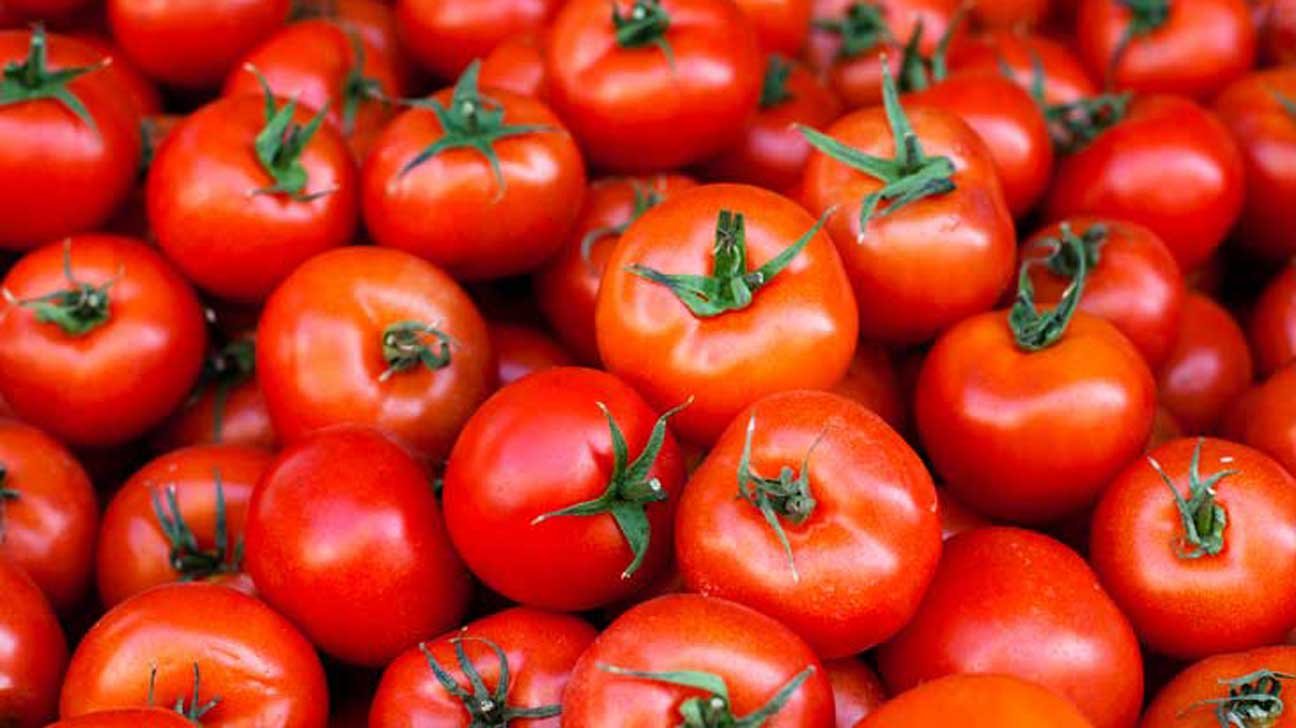Nutrition
Sallah stew

Muslims have a special method of preparing their Sallah stew. Everyone can attest to the fact that Sallah stew has a different aroma and taste.
In today’s edition, The Spectator would take readers through the process of preparing this festive stew.
Ingredients
2 pounds of meat
1/2 cup of oil
3 large onions
10 large tomatoes
2 peeled garlic clove
4 tablespoonfuls of celery leaves
3 scotch bonnet pepper, optional
2 basil leaves
1 teaspoonful of fresh thyme
1 canned tomatoes sauce, 15 ounce
1teaspoonful of curry powder
1 teaspoonful of white pepper
2 tablespoonfuls of smoked paprika
1 tablespoonful of maggie powder
2 green onion, sliced
Salt to taste
Method
-Cut and wash meat
-Boil meat with salt, and some chopped onions, garlic, and ginger in a medium pot until tender.
-Remove meat from the pot to dry. (Reserve the stock for later use).
– Put oil on fire and fry meat
-Grind or blend onions, pepper, tomatoes, garlic, parsley, celery, thyme, basil and scotch bonnet pepper.
– Add mixture to the oil and let it cook for sometime
– Add tomatoes puree, curry powder, white pepper, smoked paprika and bouillon powder and allow to boil, reduce heat and simmer for about 30 minutes.
Stir the pot frequently to prevent the sauce from sticking to the pot.
Add meat stock to give stew an additional taste.
Add green onions. Adjust seasonings, sauce consistency with water/ stock and salt.
Serve warm with a desired side dish.
By Linda Abrefi Wadie
Nutrition
Health benefits of tomatoes

-Supports heart health
-Supports exercise recovery
-Help protect against dementia
-Cooked tomatoes helps prevent prostate cancer
-Help balance blood sugar
-Promote healthy skin, hair, and nail growth
Source: health.com
Nutrition
Benefits of velvet tamarind

VELVET tamarind (dialium guineense) commonly known as ‘icheku’ in igbo, ‘awin’ in yoruba and ‘tsamiyar- kurm’ in hausa, and ‘Yooyi’ in Ghana.
-High Antioxidant Power: The fruit is a good source of vitamin C and its consumption can contribute to satisfying the journal requirement that is 90 to 110 mg.
-Treats Scurvy and Infections: The fruit pulp has high ascorbic acid content vitamin hence used as a food supplement. The high vitamin C content boosts the immune system and helps the body against infections.
-Healing Wounds: The velvet fruit pulp has interesting content in calcium and magnesium. Calcium participates in ossification, to the muscular contraction, and to the blood clotting.
-Repairs blood vessel and fights Anemia: The velvet tamarind fruit pulp is rich in iron. It is indispensable for iron absorption; cloves repair and blood vessel formation via collagen synthesis. The pulp’s iron absorption is more efficient because of the presence of vitamin C.
-Prevention of Hypertension: The values obtained for sodium and potassium of the velvet tamarind fruit pulp were respectively Preliminary studies indicate that short-term potassium depletion also elevates bloodpressure in hypertensive patients. Potassium supplementation lowers blood pressure in hypertensive patients ingesting normal amounts of sodium.
-Reliefs Menstrual Cramp and stops Diarrhoea: The stem bark extract has significant analgesic property hence, can be used to reduce menstrual pain. You can take it along with papaya leaf, salt, and water to work effectively. It can also stop diarrhea.
-Hemorrhoids (pile): Piles are swollen veins in the anal canal caused by too much pressure in the pelvic and rectal areas and while not life-threatening, these veins can be very painful. A study performed on ethanolic leaves extract of velvet tamarind showed it to be beneficial for pile treatment.
Source: eprojectlibrary.com







